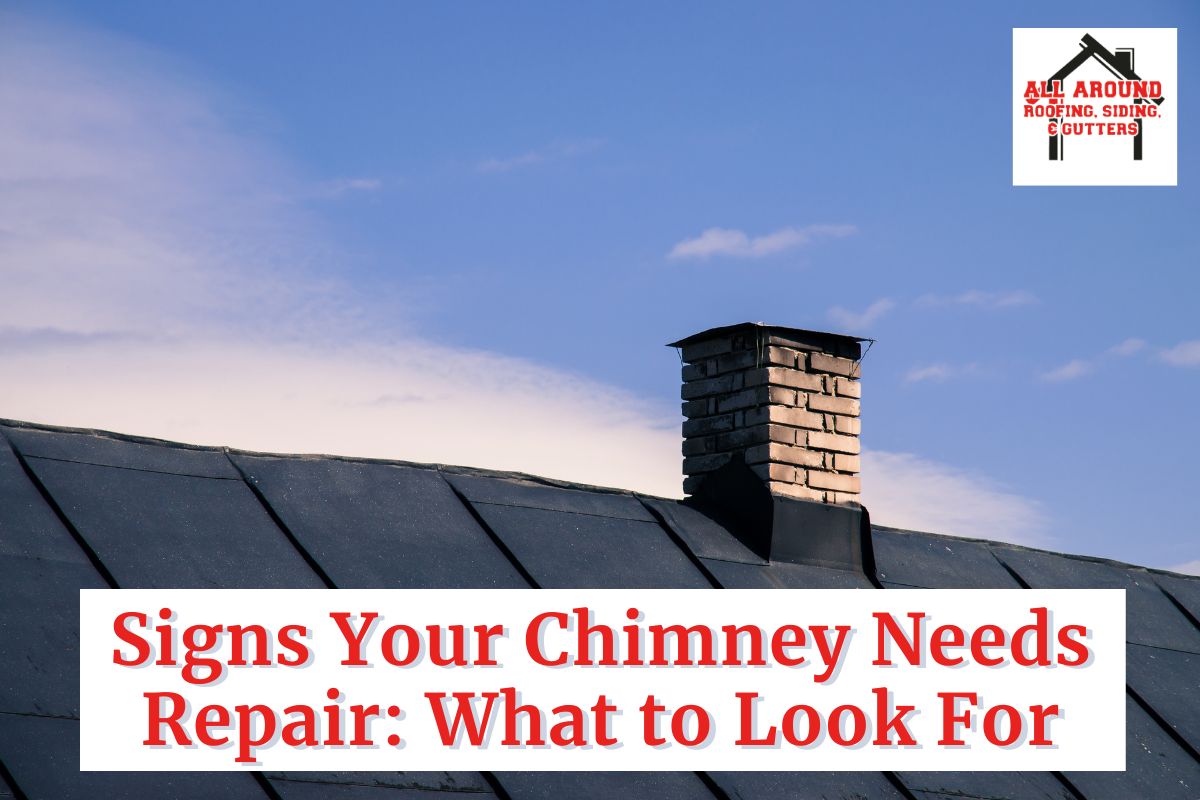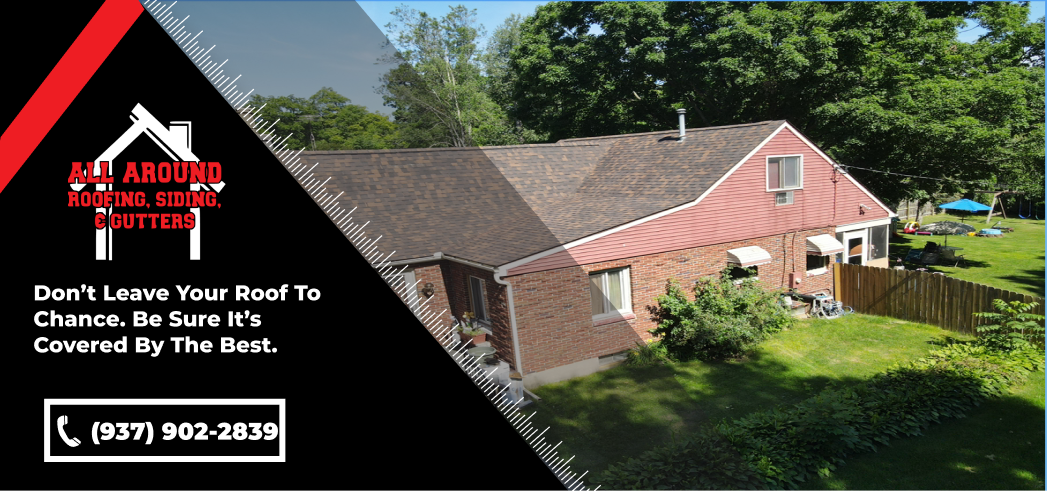Your fireplace is the heart of your home, providing warmth and comfort, especially in colder months. However, the chimney often goes unnoticed until something goes wrong.
Neglecting chimney maintenance can lead to serious safety hazards and costly repairs. Around 25,000 chimney fires occur annually, causing millions of dollars in property damage.
It’s crucial to recognize when your chimney needs repair to keep your home safe and your fireplace efficient. This blog post will walk you through the critical warning signs that your chimney may be in trouble.
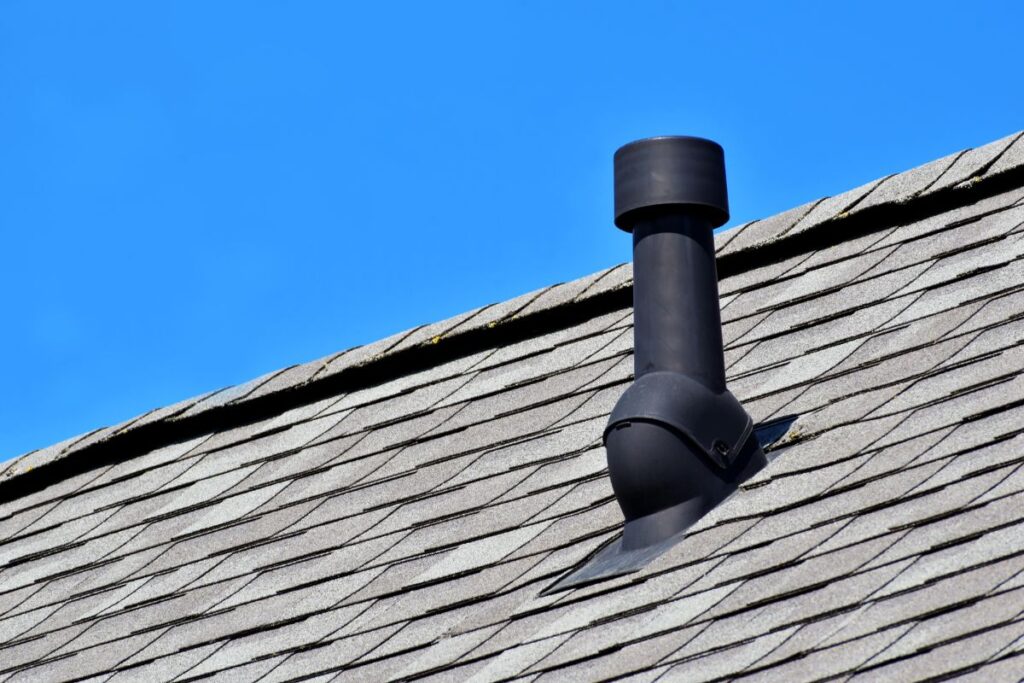
Signs You Need to Schedule Chimney Repairs
Being a homeowner comes with many responsibilities. There are many aspects of home maintenance that you should be aware of, and one that is often ignored is the chimney. Let’s delve into understanding the most common signs you need chimney repair.
#1. Efflorescence or White Staining
The first sign of chimney issues is efflorescence, a sign of too much moisture in the masonry, which manifests as white stains on the chimney bricks. Due to this moisture, the chimney may deteriorate over time, developing cracks, spalling, and other damage.
Moisture must be addressed to avoid structural instability and safety hazards. Subpar construction, inadequate flashing, or drainage problems frequently result in this.
#2. Rust
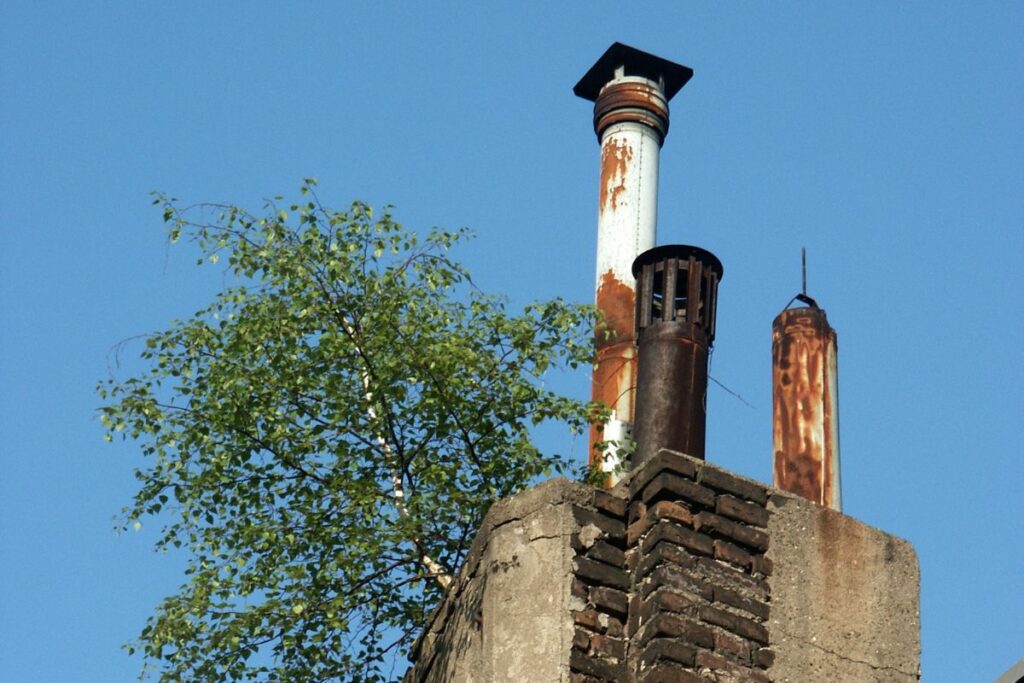
Rust on the firebox or fireplace damper is a sign of moisture seeping into the chimney. It may also indicate more serious problems, such as cracked flue tiles that let carbon monoxide into the house and cause creosote to accumulate, increasing the risk of a fire. Rust must be addressed immediately to prevent further damage and guarantee safe chimney operation.
#3. Cracks and Crumbling
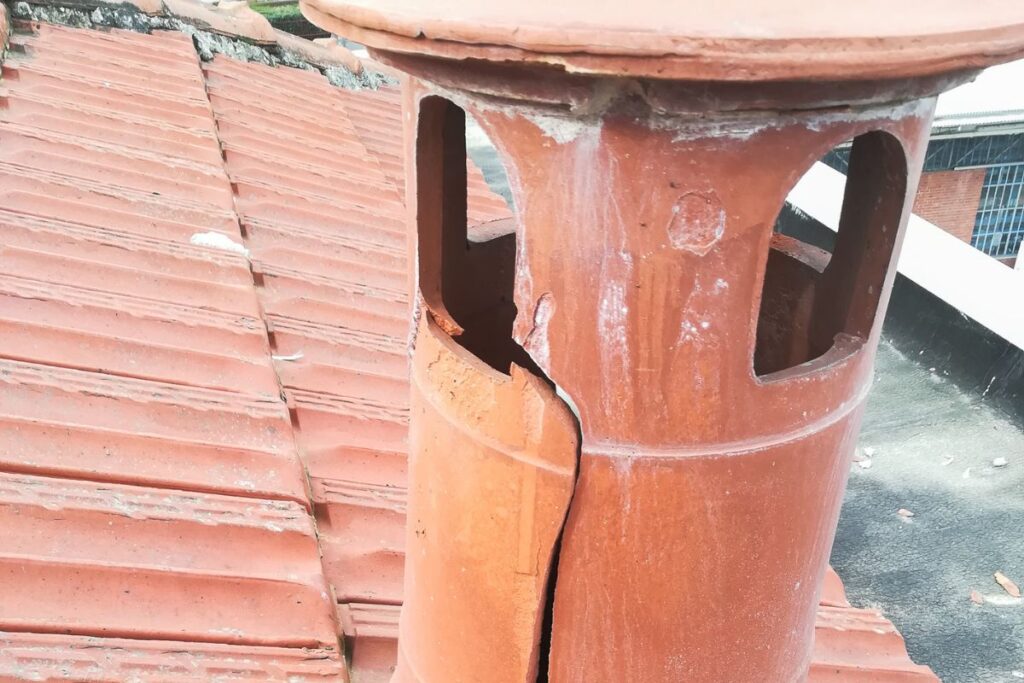
Water damage or structural cracks in the mortar or masonry of the chimney indicate issues that require repair. The deterioration of mortar between bricks can lead to shifting and cracking of the bricks over time.
This could result in more harm and possibly even collapse. If you observe any crumbling or cracking, it is imperative that you take immediate action to prevent further damage.
#4. Soot and Creosote Buildup
Excessive creosote and soot buildup in your chimney over time may indicate inadequate ventilation or cleaning. Soot and creosote are combustion products that can harm your chimney and start a fire if ignored. However, this buildup can be avoided with routine maintenance and cleaning.
#5. Water Leaks
Water leaks or stains near the chimney may indicate that the flashing is broken or missing, allowing water to enter the chimney. Your chimney’s waterproofing system depends heavily on flashing, so inspect it and replace it or have it repaired as necessary if you see stains or water leaks.
#6. Deteriorating Mortar Joints
As they expose the masonry to moisture and speed up chimney degradation, deteriorating mortar joints between chimney bricks require immediate attention. Moisture from the cracks can worsen the damage in freezing weather, making the mortar more brittle and prone to deterioration.
Ignoring this can result in structural instability, endangering the home’s and the chimney’s safety. In order to stop additional damage and guarantee the chimney’s long-term integrity, these problems must be resolved right away with chimney mortar repair.
#7. Flue Deterioration
Finding small pieces of chimney tile in the fireplace is a sign of a damaged flue lining. Because a damaged flue lining can let carbon monoxide seep into the house, it poses a major risk to the chimney’s ability to operate safely. This can result from a number of things, including subpar building, poor upkeep, and exposure to excessively high or low temperatures.
#8. Damaged Chimney Crown
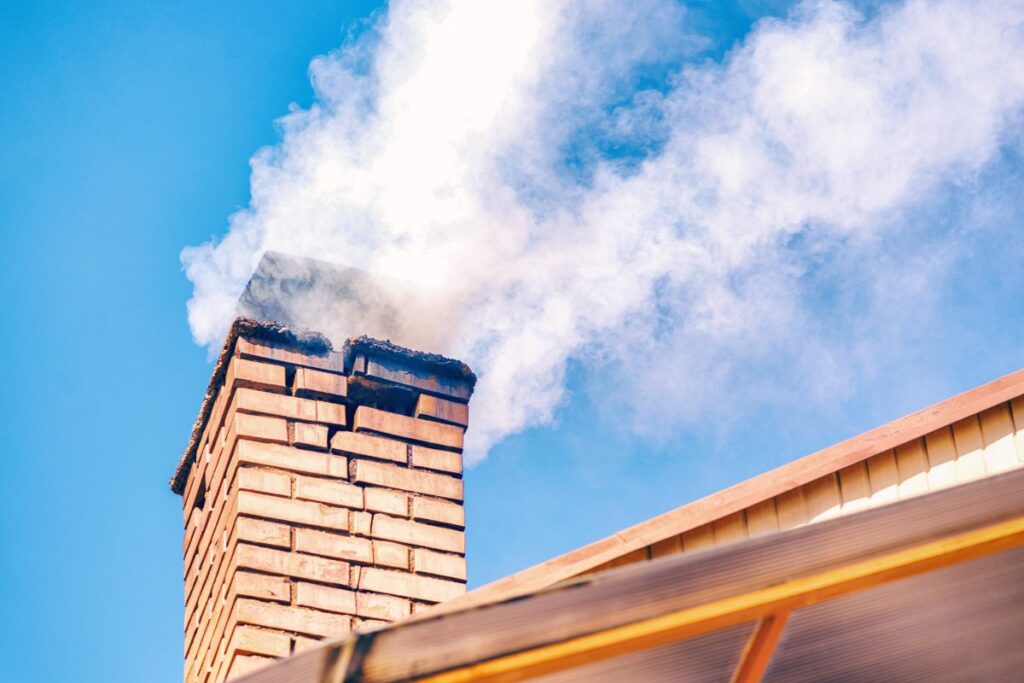
An essential component that shields the chimney from inclement weather is the chimney crown. Water leaks through crown cracks can cause additional damage and moisture penetration. The safety of the chimney and the house may be jeopardized if crown cracks are not addressed because they may cause structural instability. A damaged chimney crown must be repaired or replaced to stop structural deterioration and guarantee the chimney’s long-term integrity.
#9. Spalling
The term “spalling” describes the external masonry of a chimney that has begun to peel or flake due to moisture intrusion. Spalling may indicate a more serious problem, like a structural crack in the chimney or insufficient flashing. If not addressed, it can result in additional damage, weakening the masonry and possibly jeopardizing the chimney’s structural integrity.
#10. Leaning or Tilting Chimney
Any chimney that looks like it’s tilting or leaning must be fixed immediately because it poses a serious safety risk. Because there is a considerable risk of collapse, it is crucial to have a professional inspect and treat the chimney’s structural integrity as soon as possible. Several things, including shoddy construction, an inadequate foundation, and exposure to severe weather, can result in leaning or tilting chimneys.
#11. Smoke Inside the Home
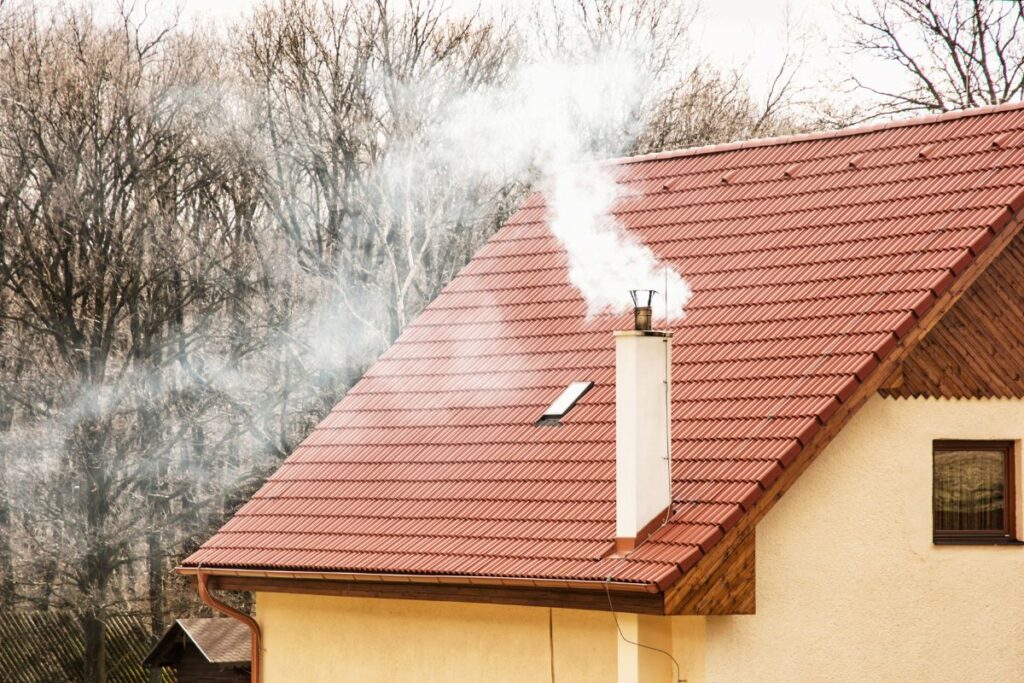
If smoke is entering your house rather than rising through the chimney, there may be a blockage or other problem with the chimney. Debris accumulation, animal nests, and creosote buildup are a few causes of blockages.
Tips for Repairing Chimney Damage
1. Inspect the Chimney:
Check the exterior often for damage or cracks and look for indications of moisture problems, like spalling bricks or rust. It is best to have a professional inspection performed to ensure nothing is missed.
2. Repair Masonry Issues:
Address any cracks or gaps in the bricks and mortar to prevent water damage, and consider repairing or replacing a cracked chimney crown. In cases of significant structural concerns, rebuilding may be necessary.
3. Replace the Flue Liner:
To avoid fire hazards and guarantee adequate airflow, replace any cracked or damaged flue liners immediately. Professional help might be required for evaluation and replacement.
4. Install a New Chimney Cap:
Replace any missing or damaged chimney caps to prevent water and pest damage. Ensure the new cap is properly sized and securely installed for adequate protection.
5. Address Moisture Problems:
Take care of any rust or discoloration, as it may point to underlying moisture problems and any cracks in the mortar, flashing, or chimney crown that could allow water to seep in. Professional advice is essential to properly locate and deal with the underlying cause of moisture issues.
6. Maintain the Chimney:
Schedule annual professional sweeps and inspections to ensure continued functionality and safety. Monthly checks enable early detection of issues, allowing for prompt resolution to avoid costly repairs.
How Much Does Chimney Repair Cost?
Chimney repair expenses can vary significantly, influenced by factors like chimney type, damage severity, accessibility, and location. In 2024, homeowners should anticipate spending between $600 and $1,500 for chimney repairs. However, costs can range from as low as $100 for minor fixes such as cap and crown repairs to as high as $15,000 for structural issues like chimney leak repair.
The type of chimney you have also impacts how much you will pay. Brick chimney repairs generally cost between $300 and $1,500, while stucco chimneys may cost between $800 and $4,000 to fix.
The chimney’s height also plays a crucial role, with repairs for single-story structures averaging $500 to $3,000, two-story repairs costing $1,500 to $5,000, and three-story or taller chimneys ranging from $3,000 to $10,000.
Also Read – What Is A Chimney Cricket, And Why Do You Need One On Your Roof?
Is Chimney Repair Covered By Homeowners Insurance?
Yes, homeowners insurance often covers chimney repairs in specific situations. Typically, insurance will cover repairs if the damage results from sudden and unforeseen events like lightning strikes or chimney fires. These incidents are usually listed as covered perils in the insurance policy.
Conclusion
As a homeowner, it’s crucial to pay attention to the warning signs of chimney problems. Schedule regular inspections with a certified professional to keep your chimney in optimal condition. Promptly addressing issues can prevent serious hazards, saving you from expensive repairs later.
Keep your roof in the best shape with All Around Roofing, Siding & Gutters’ expert repair services. Our skilled professionals handle it all with prompt, reliable chimney and roof repair services. Trust us for quality repairs and peace of mind, knowing your home is protected. Give us a call at (937) 902-2839.

